A shower of fresh parsley, fresh basil in a summer Caprese salad, generous amounts of fresh dill and chives in potato salads…there is something that fresh herbs bring to our dishes that nothing else can. While most supermarkets have a good selection, herbs are also easy to grow, both indoors and out. We have the information you need to be your own herb gardener. Whether you have a sprawling garden or a modest indoor area, growing herbs is accessible and enjoyable.
Why Grow Herbs?

Fresh herbs can be pricey at the market and homegrown are much more economical. Plus, it doesn’t get fresher than snipping them off the stem right before you need them.
Choosing Herbs for Your Garden Indoors & Out

The herbs that you start with will depend on what you like to cook with. We certainly recommend parsley – we are partial to flat leaf – and basil is quite versatile.
Beyond that we like to include dill, oregano, thyme, rosemary, sage, chives, mint, and tarragon. Whether you grow them indoors or out can also dictate your choices.
Make sure to check out our article with loads of herb forward recipes!
Basic Supplies and Setup for Indoor Herb Gardening

If you want to grow herbs indoors, start with herbs that are known for their resilience and suitability for indoor environments. Good candidates include:
- Basil: Requires warm temperatures and plenty of sunlight.
- Mint: Hardy and can grow even in low light conditions.
- Chives: Minimal light requirements and grows quickly.
- Parsley: Needs moderate sunlight and consistent moisture.
Indoor Planting Basics

Use high-quality potting soil and ensure each herb pot has drainage holes to prevent waterlogging, which can be detrimental to herb growth. Experts at gardening stores and the garden section at big box stores can offer guidance upon purchasing, too.
Optimal Indoor Growing Conditions: Lighting

Herbs require a good amount of light, typically around 6 to 8 hours of daylight. If natural light is limited in your home, consider investing in grow lights. LED grow lights are energy-efficient and provide a full spectrum of light, which is ideal for photosynthesis.
Temperature and Humidity
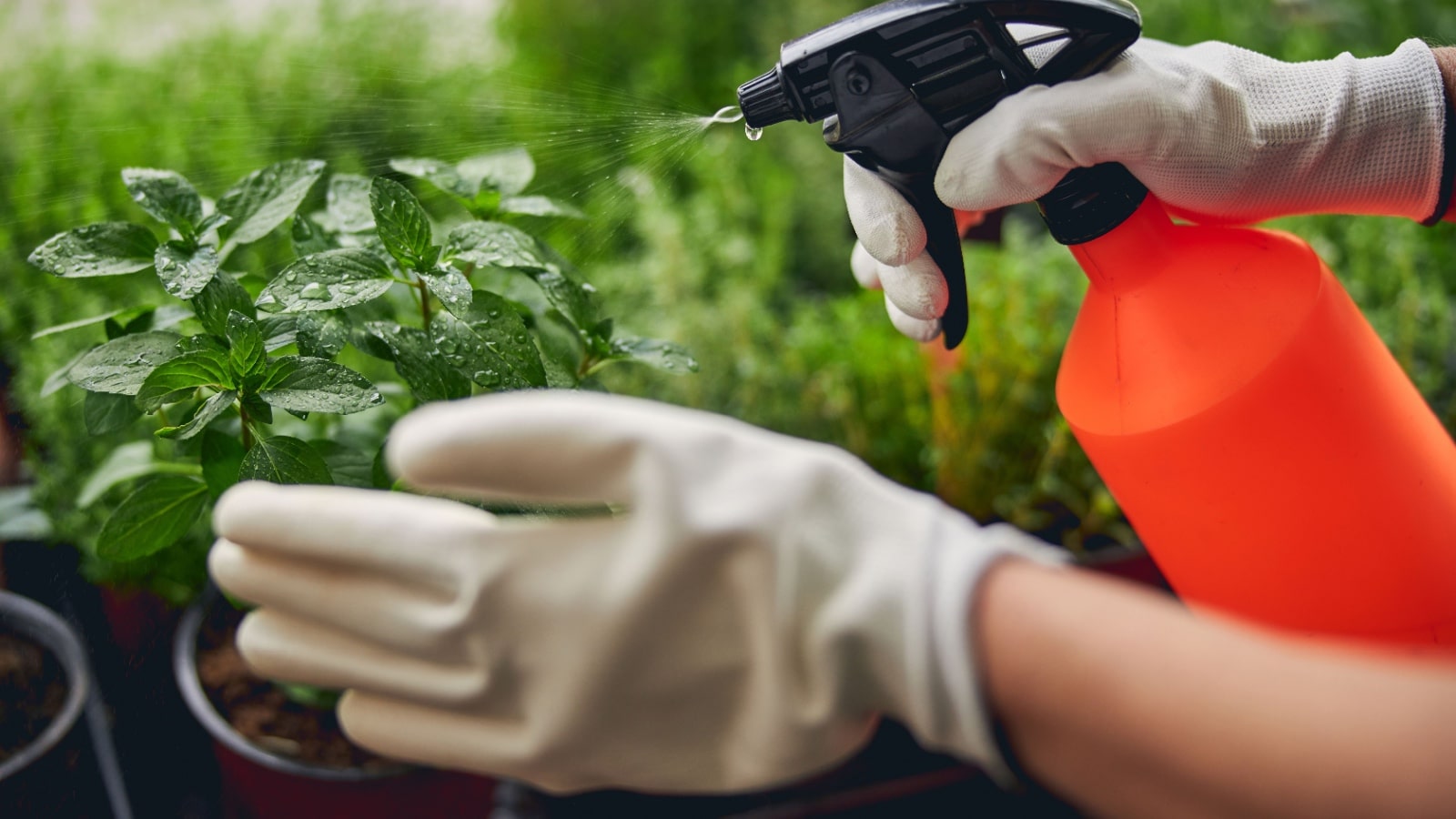
Herbs thrive in temperatures between 65°F and 70°F. Avoid placing your herbs near drafts or heat sources. A small humidifier or a regular misting can help in maintaining the ideal humidity for herb growth.
Indoor Watering and Feeding

The key to watering herbs is consistency. Overwatering is a common mistake. Ensure the soil is moist but not soggy. A simple moisture meter can help determine when it’s time to water.
Nutrient Requirements for Herbs
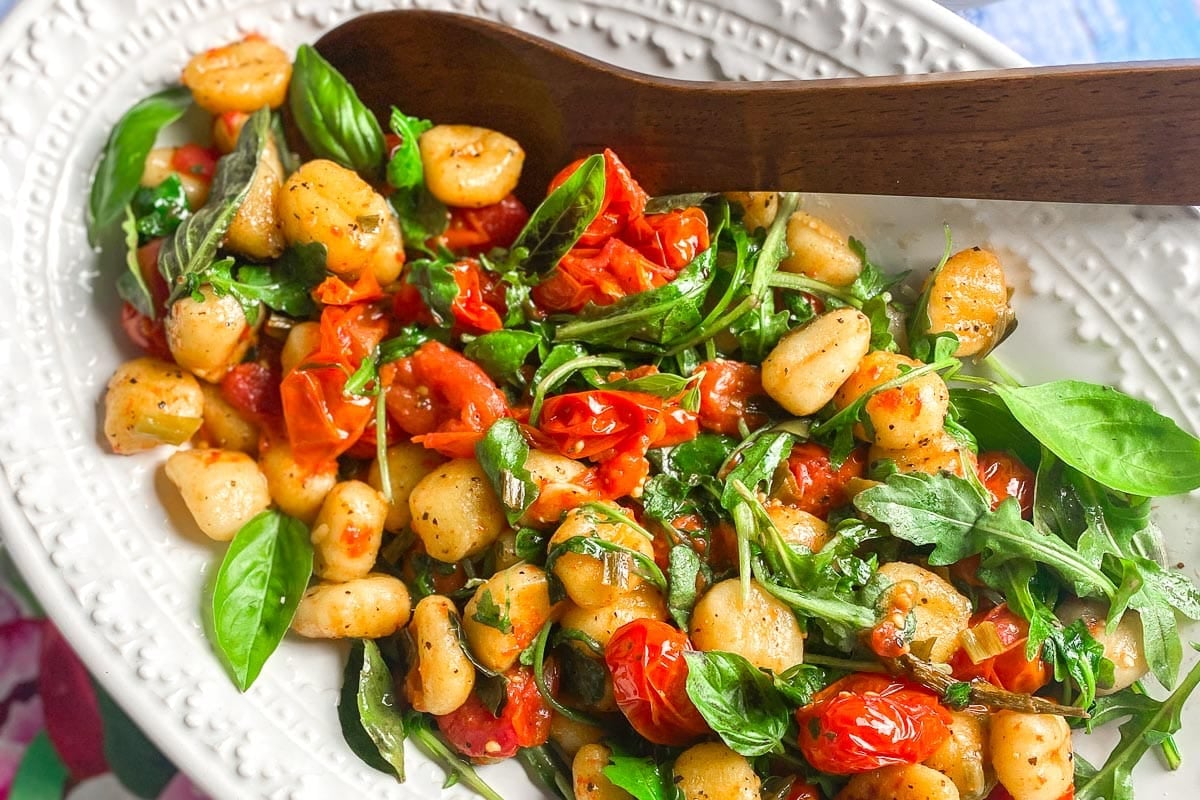
Fertilize your herbs every two weeks with a balanced, water-soluble fertilizer. This supports lush, healthy growth without overpowering the natural flavor of the herbs. They will be ready for your dishes in no time! Try our Roasted Gnocchi with Basil.
Pruning and Harvesting

Regular pruning not only helps maintain shape but also encourages growth. Harvest your herbs regularly to promote new leaves and prevent flowering, which can reduce flavor.
Dealing with Pests

Indoor herbs can attract pests like aphids and spider mites. Neem oil or insecticidal soap can be effective treatments without using harsh chemicals.
Recommended Tools and Equipment for Growing Herbs Indoors

Invest in these tools to enhance your indoor herb gardening experience:
- Adjustable LED Grow Lights: For customizable light settings.
- Moisture Meter: To check soil moisture levels accurately.
- Ergonomic Pruning Shears: For easy trimming and harvesting.
- Self-Watering Planters: To reduce watering frequency and ensure optimal moisture.
Basic Supplies and Setup for Outdoor Herb Gardening

Imagine stepping outside to a garden brimming with fragrant herbs, ready to boost your culinary creations with fresh, vibrant flavors. Growing herbs outdoors enriches your garden’s diversity and provides numerous ecological benefits, such as attracting pollinators.
Creating the perfect outdoor herb garden involves overcoming challenges such as climate variations, soil conditions, and pest management. Let’s get into the dirt!
Selecting Herbs for Your Outdoor Garden
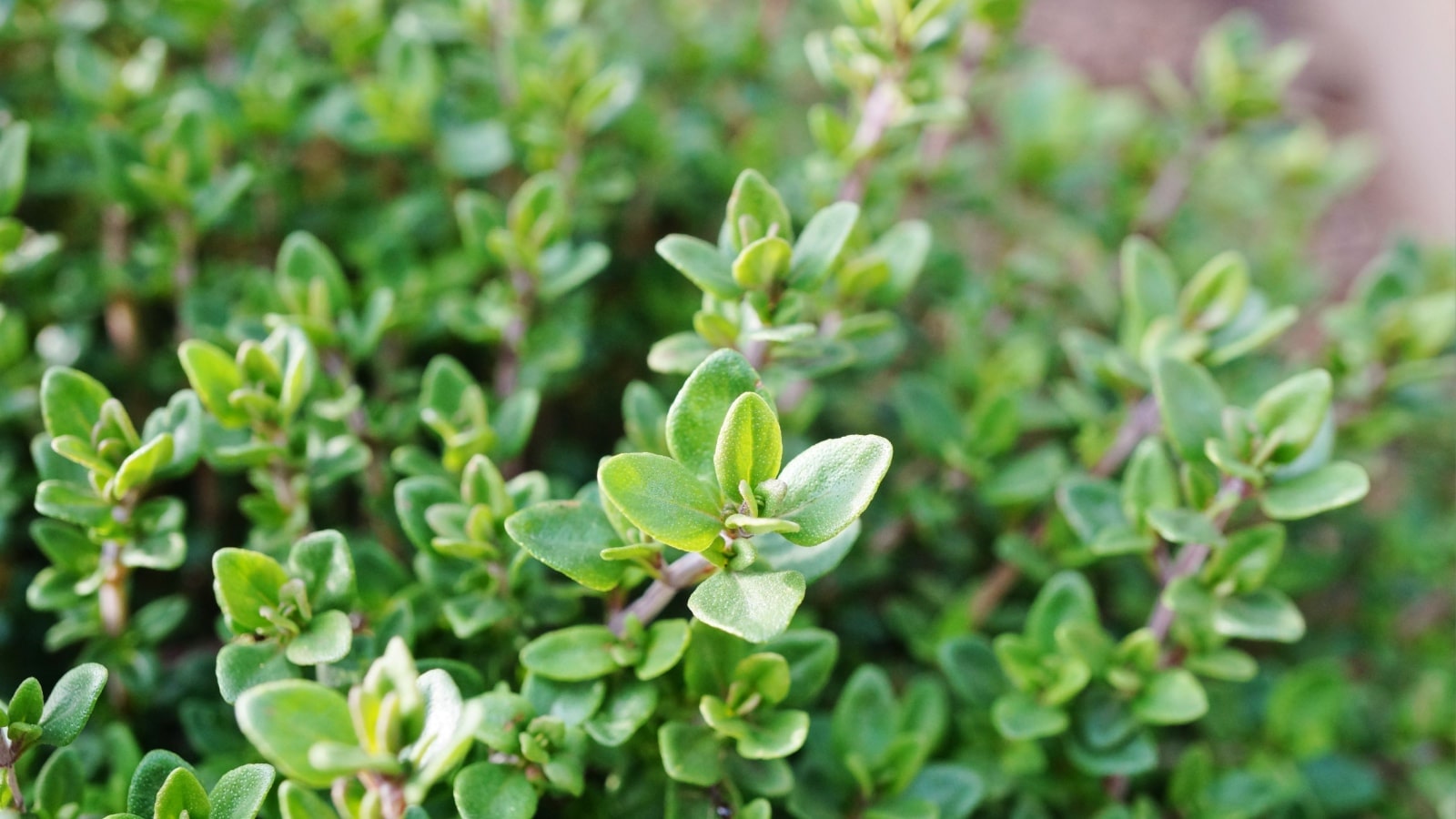
Begin with herbs that are well-suited to your climate and soil type. Consider these popular options:
- Rosemary: Thrives in hot, dry climates and requires minimal watering.
- Thyme: Prefers full sun and well-drained soil.
- Cilantro: Grows best in cooler temperatures and can tolerate partial shade.
- Sage: Loves plenty of sunshine and light, well-draining soil.
You can of course grow basil and parsley and other herbs outdoors as well.
Understanding Your Climate Zone

Knowing your climate zone helps in selecting herbs that will thrive in your specific outdoor conditions. Use climate zone maps as a reference to choose plants that can adapt to the temperature and humidity levels of your area.
Preparing the Soil

Herbs prefer well-draining soil as they are prone to root rot in soggy conditions. Supplement your garden soil with compost to improve its texture and fertility. A soil test kit can help determine your soil’s pH level and nutrient content, allowing you to make necessary adjustments.
Mulching and Weed Control
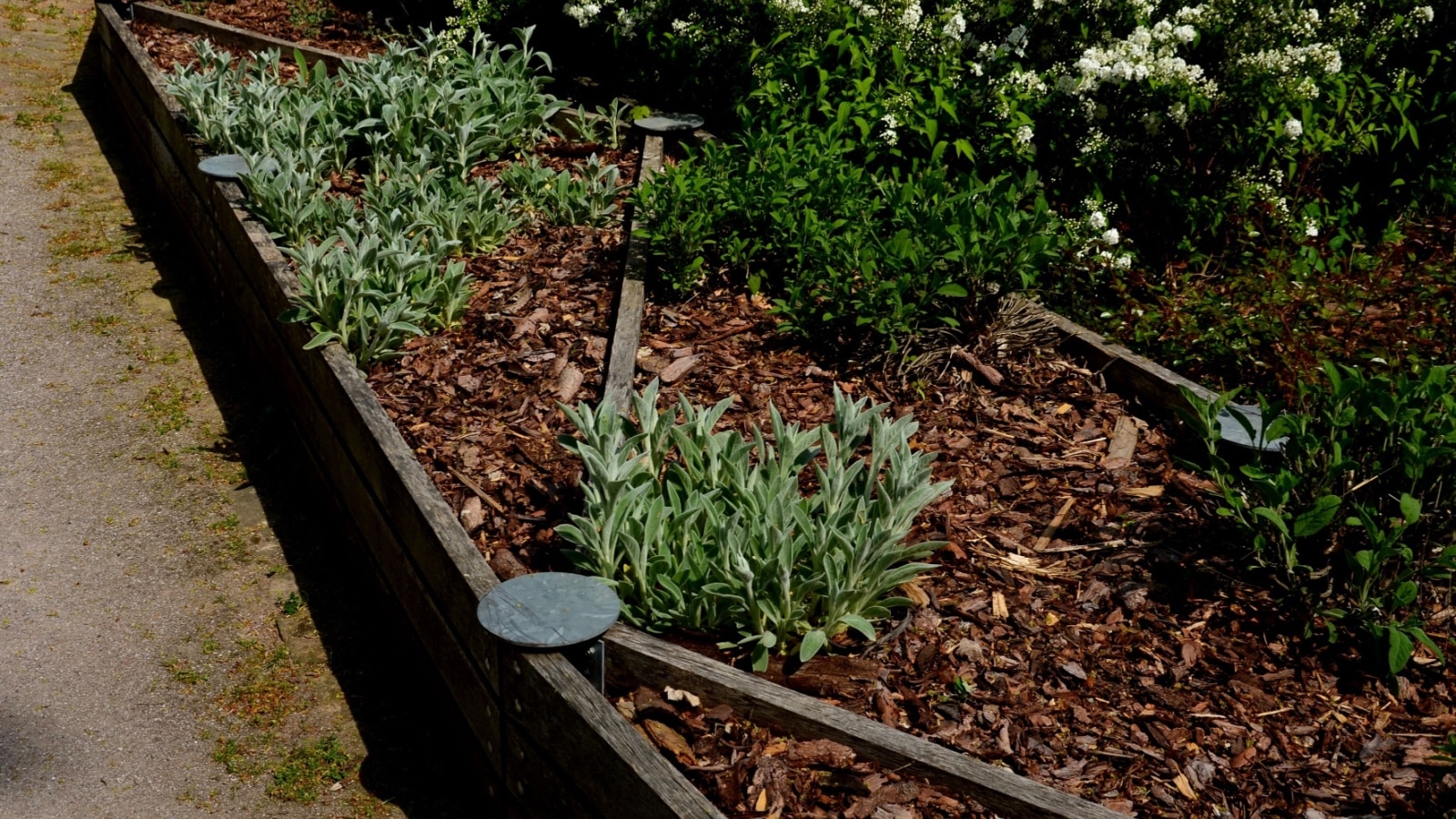
Apply a layer of mulch around your herbs to conserve moisture, regulate soil temperature, and reduce weed growth.
Sunlight and Watering Requirements

Most herbs require at least six hours of direct sunlight per day. When watering, focus on deep, infrequent watering sessions to encourage strong root growth.
Pruning and Harvesting
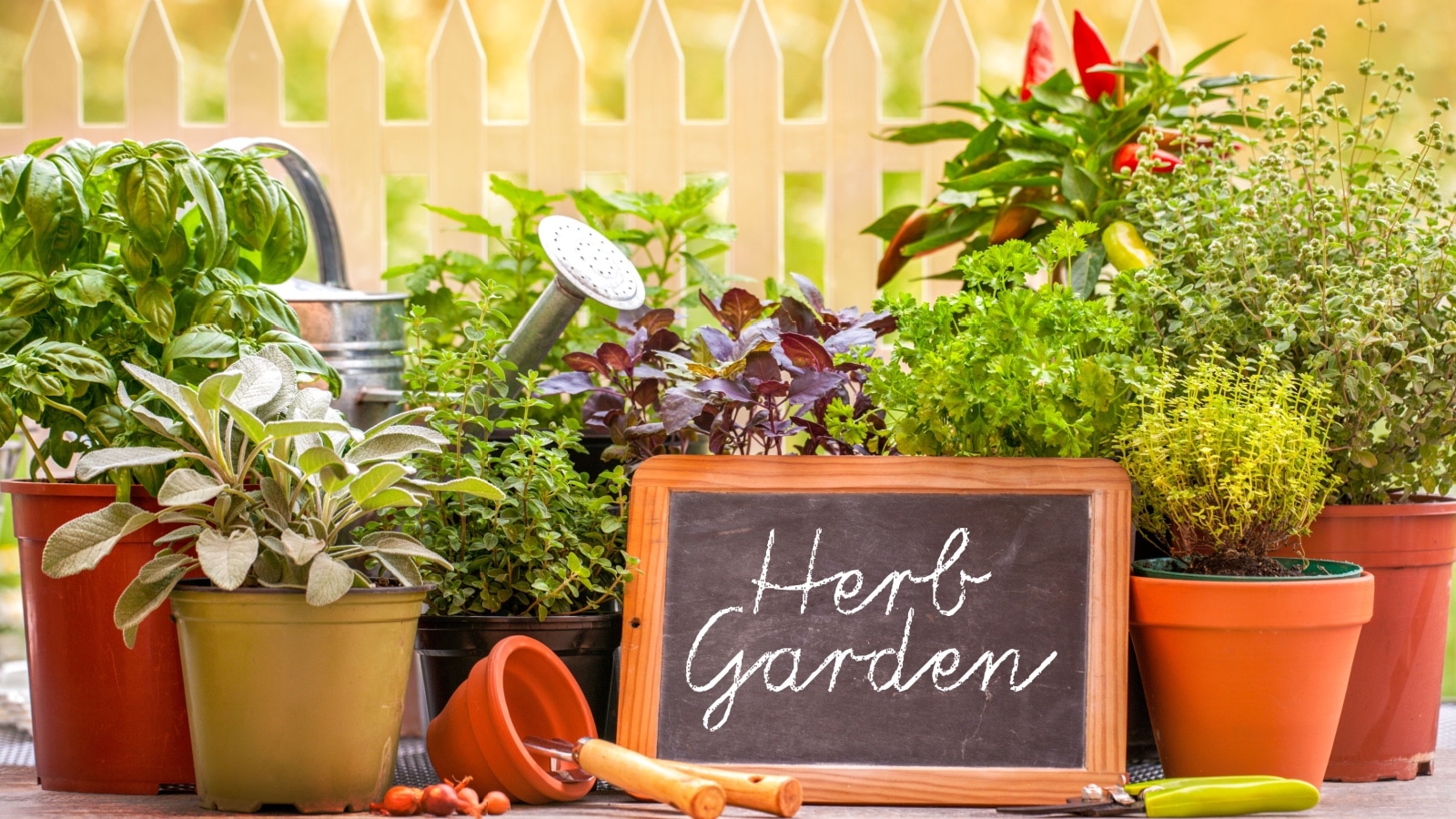
Regular pruning not only keeps your herbs healthy and bushy but also encourages a continuous supply of fresh leaves. Harvest in the morning when the essential oils are at their peak for the best flavor.
Natural Pest Control
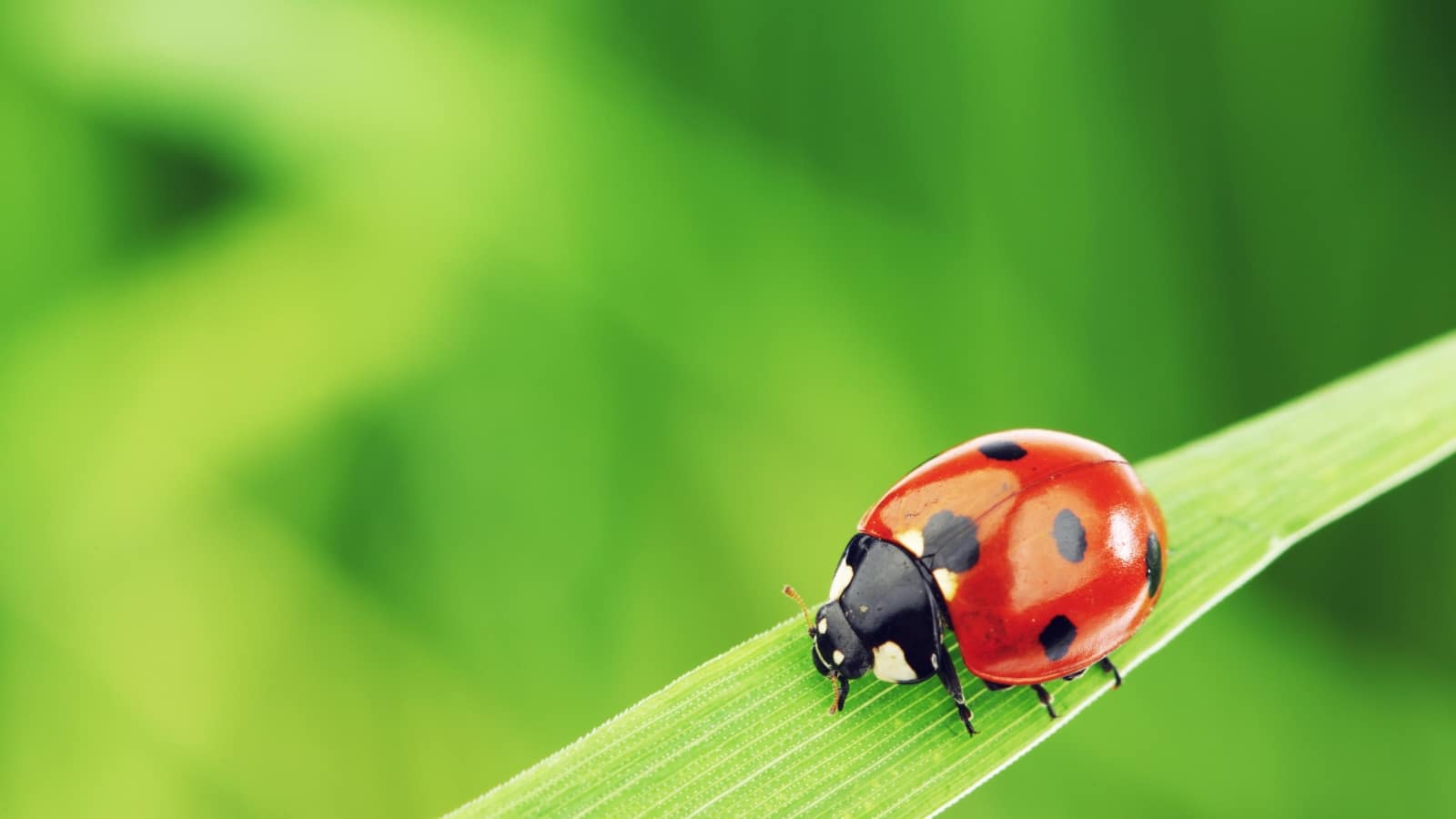
Encourage beneficial insects like ladybugs and lacewings, which prey on common herb pests such as aphids and mites. Use organic pesticides like neem oil as a last resort to manage outbreaks.
Essential Tools for Growing Herbs Outdoors

Equip yourself with these tools for a more efficient and rewarding gardening experience:
- Garden Trowel: For planting and transplanting herbs.
- Garden Fork: For aerating the soil around your plants.
- Hose with a Watering Wand: For gentle, deep watering.
- Pruning Shears: For regular trimming.
Growing Herbs Indoors Q&A

Here are some frequently asked questions to give you more direction in your indoor herb growing adventure.
- What Is The Best Herb To Start With For Beginners?
- Basil is great for beginners due to its fast growth and minimal care requirements.
- How Often Should I Replace The Soil In My Indoor Herb Garden?
- Replace the soil annually to ensure your herbs have access to fresh nutrients.
- Can I Grow Multiple Herbs In One Container?
- Yes, but ensure they have similar light and water requirements, like mint and parsley.
- What Is The Most Common Mistake When Growing Herbs Indoors?
- Overwatering is the most common issue. Use a moisture meter to prevent this.
- How Do I Know If My Herbs Are Getting Enough Light?
- If herbs are leggy and pale, they likely need more light. Consider a grow light for consistent light exposure.
Growing Herbs Outdoors Q&A

Here are some frequently asked questions to give you more facts for your outdoor herb gardening.
- What Is The Best Time Of Year To Start An Outdoor Herb Garden?
- Spring is typically the best time, after the last frost has passed.
- How Do I Protect My Herbs From Cold Weather?
- Use mulch to insulate the soil or cover plants with a frost cloth during colder nights.
- Which Herbs Can Grow Well Together?
- Mediterranean herbs like rosemary, thyme, and oregano share similar needs for sun and soil type and can be planted together.
- How Can I Improve Poor Draining Soil For Herbs?
- Incorporate organic matter or create a raised bed to enhance drainage.
- What Should I Do If My Herbs Start Flowering?
- Pinch off flowers to encourage leaf growth unless you want to harvest seeds.
Enjoy Your Herbs!

By following these tips and dedicating time to your garden, you can grow robust, flavorful herbs that enhance both your dishes, as well as your indoor and outdoor space.







